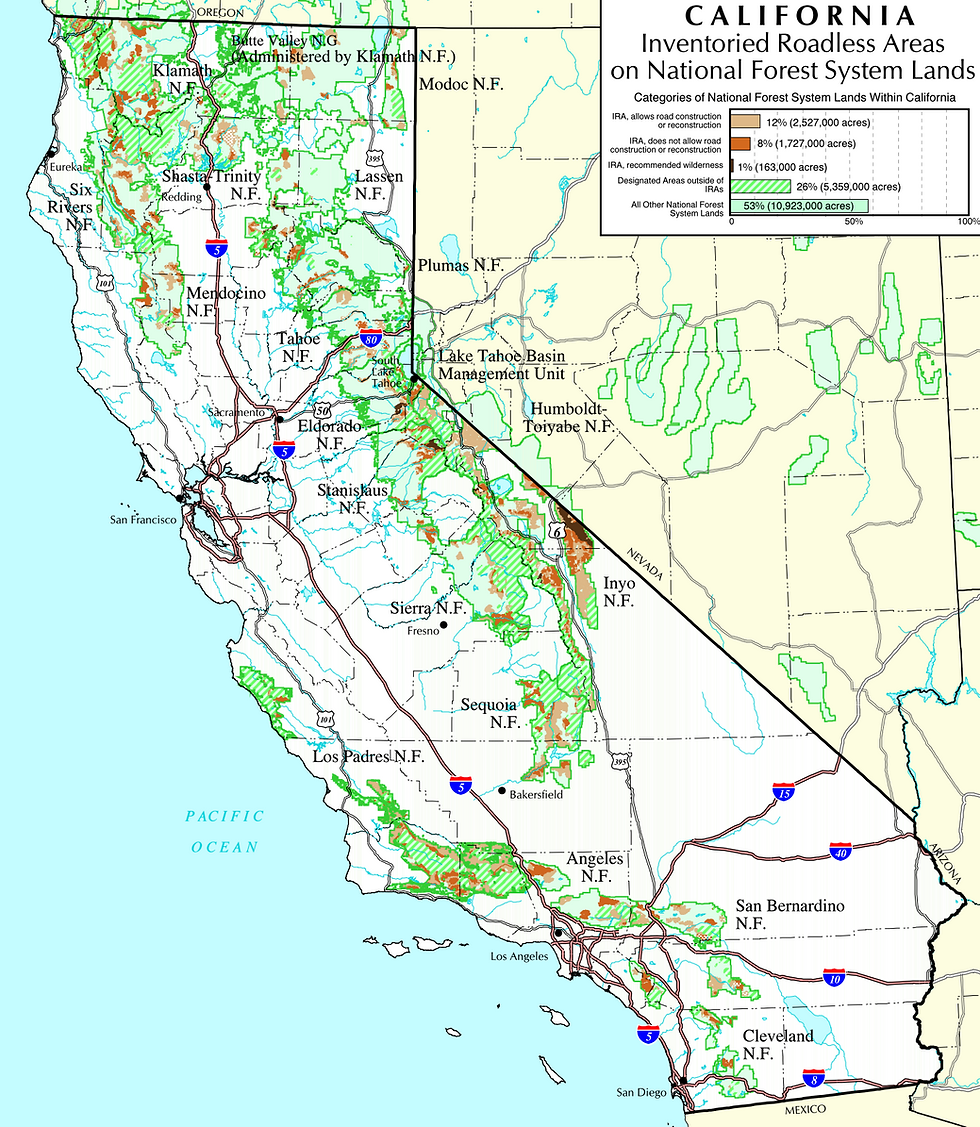Judge Orders revisons to Spotted Owl Recovery Plan
- Sep 2, 2010
- 2 min read
A new court decision requires the Fish and Wildlife Service to base their actions on best available science. This legal requirement will help the government to fully utilize the Endangered Species Act (ESA) and rely on transparent and scientifically credible implementation measures. The following press release was distributed on September 2, 2010. We expect for the developments on the recovery plan next week.
Judge Orders U.S. Fish and Wildlife Service to Revise 2008 Spotted Owl Recovery Plan and Critical Habitat Designation

Northern Spotted Owl in Wildcare Rehab Aviary. Rehabilitated and released.
Washington, DC — A U.S. District Court judge in Washington, D.C., ruled yesterday that the U.S. Fish and Wildlife Service must revise a recovery plan and critical habitat designation for northern spotted owls.
In May 2008, the Bush Administration issued a spotted owl recovery plan that failed numerous scientific peer reviews and was also influenced by a Bush administration official who later left government service after a government report publicly criticized her politicized meddling. Despite those flaws, in August 2008 the Bush administration cited the flawed recovery plan in slashing the amount of forest designated as owl critical habitat by about 1.6 million acres, or 23 percent.
Conservation groups challenged those decisions in federal court, alleging that the Bush administration violated the Endangered Species Act by reducing habitat protections for spotted owls in spite of clear warnings from scientists that spotted owl populations have been declining by 4 percent a year for the past 15 years. Habitat loss due to the logging of mature and old-growth forests needed by owls to survive is a primary cause of those population declines. After the government investigation found political meddling, the Fish and Wildlife Service confessed it had committed legal error.
Yesterday’s ruling requires the Fish and Wildlife Service to revise the spotted owl recovery plan within nine months, and requires revisions to the owl’s critical habitat on a schedule to be determined by the court.
“This ruling is a win for spotted owls, old growth forests, and those who believe federal agencies should use sound science—not politics—to manage imperiled species,” said Paul Kampmeier, an attorney at the Washington Forest Law Center, one of the law firms representing the national and regional conservation organizations in the legal action.
“The critical habitat reduction and recovery plan ignored years of scientific study finding that our old-growth forests need to be protected,” said Mr. Kampmeier. “The Court’s ruling reverses these decisions and is a strong step toward restoring scientifically based protection for Pacific Northwest wildlife and natural areas.”
“Protecting mature and old-growth forests is about owls and more — it is key to protecting rivers and streams, drinking water, and outdoor recreation, a major economic contributor for local communities across the region,” said Shawn Cantrell, Executive Director with Seattle Audubon.
The Fish and Wildlife Service listed northern spotted owls as a threatened species in 1990 and originally protected its critical habitat in 1992. Only 15-20 percent of the original old-growth forests remain throughout the Pacific Northwest. In addition to providing critical habitat for spotted owls, salmon, steelhead and other species, mature and old growth forests are important sources of clean water and help reduce global warming.





Comments